Dental X-rays
X-rays in dentistry
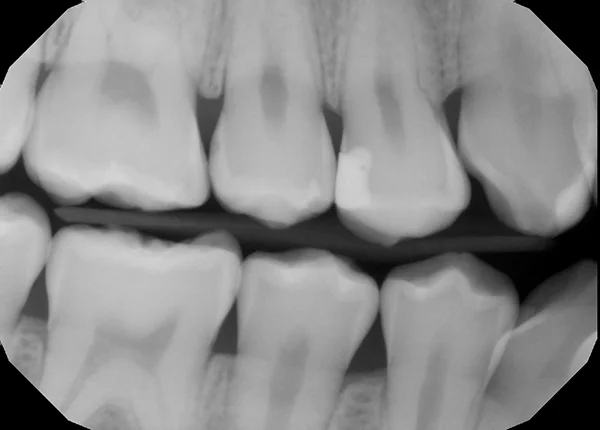
In dentistry, X-rays are a key tool for the prevention, diagnosis, and treatment of various conditions.
Diagnostic images show information that cannot be detected in a routine examination.
These images allow the dentist to see hidden situations and draw the right treatment route. In addition, they are very useful in the early detection of cavities, anomalies in the roots of the teeth, abscesses, cysts, tumors, and dental misalignment, among others.
Advantages of X-rays in dentistry
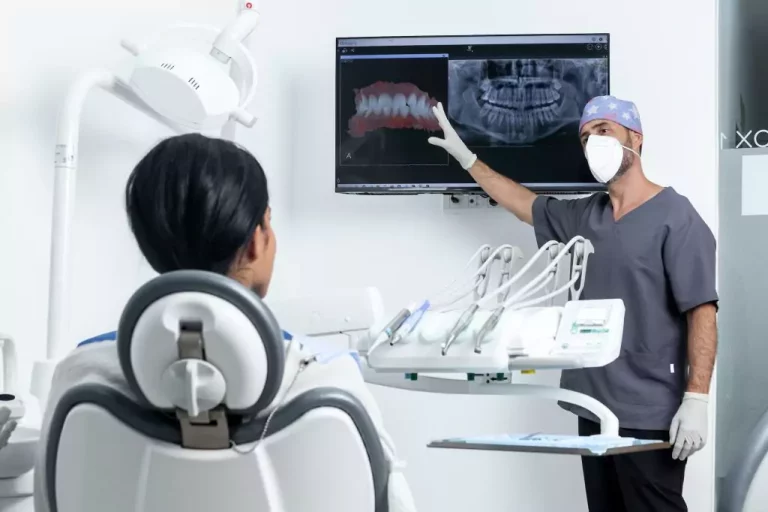
Over time, teeth can change in shape, size, and color due to wear and tear or disease. In many cases, the teeth are no longer straight or even, and the gums take on an unnatural appearance. These changes can have a significant impact on oral health, self-esteem, and general well-being. Dental aesthetics offers solutions to correct these issues and improve the overall appearance of the teeth.
Moreover, dental aesthetics also corrects functional problems, such as the bite, difficulty chewing, trouble swallowing, and fractured teeth. By using modern techniques, practitioners offer solutions for achieving good oral health with a natural appearance. This can help to improve the quality of life and increase personal satisfaction, by achieving a healthy and beautiful smile.
Types of radiographs used in dentistry
There are several types of dental radiographs that are regularly used in dental practice:
Intraoral X-rays
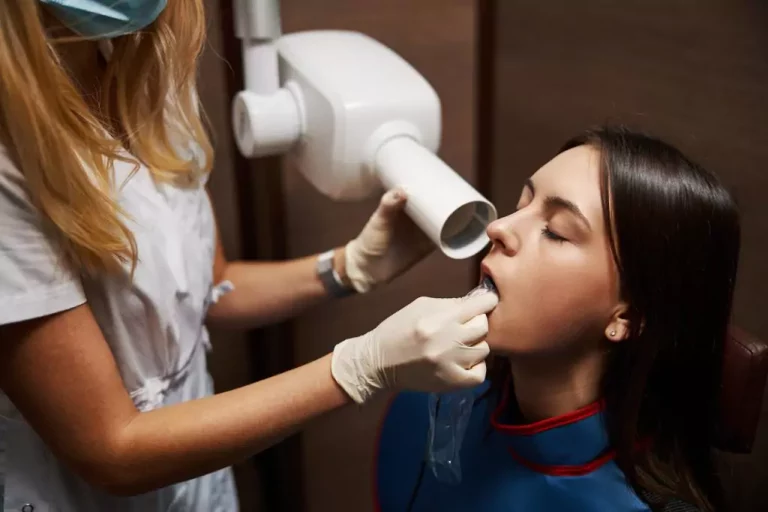
These are the most common X-rays and are taken from inside the mouth.
The dentist can take intraoral radiographs in two ways: using radiographic films or using a digital sensor. Digital sensors are more common today, as they are more accurate and efficient.
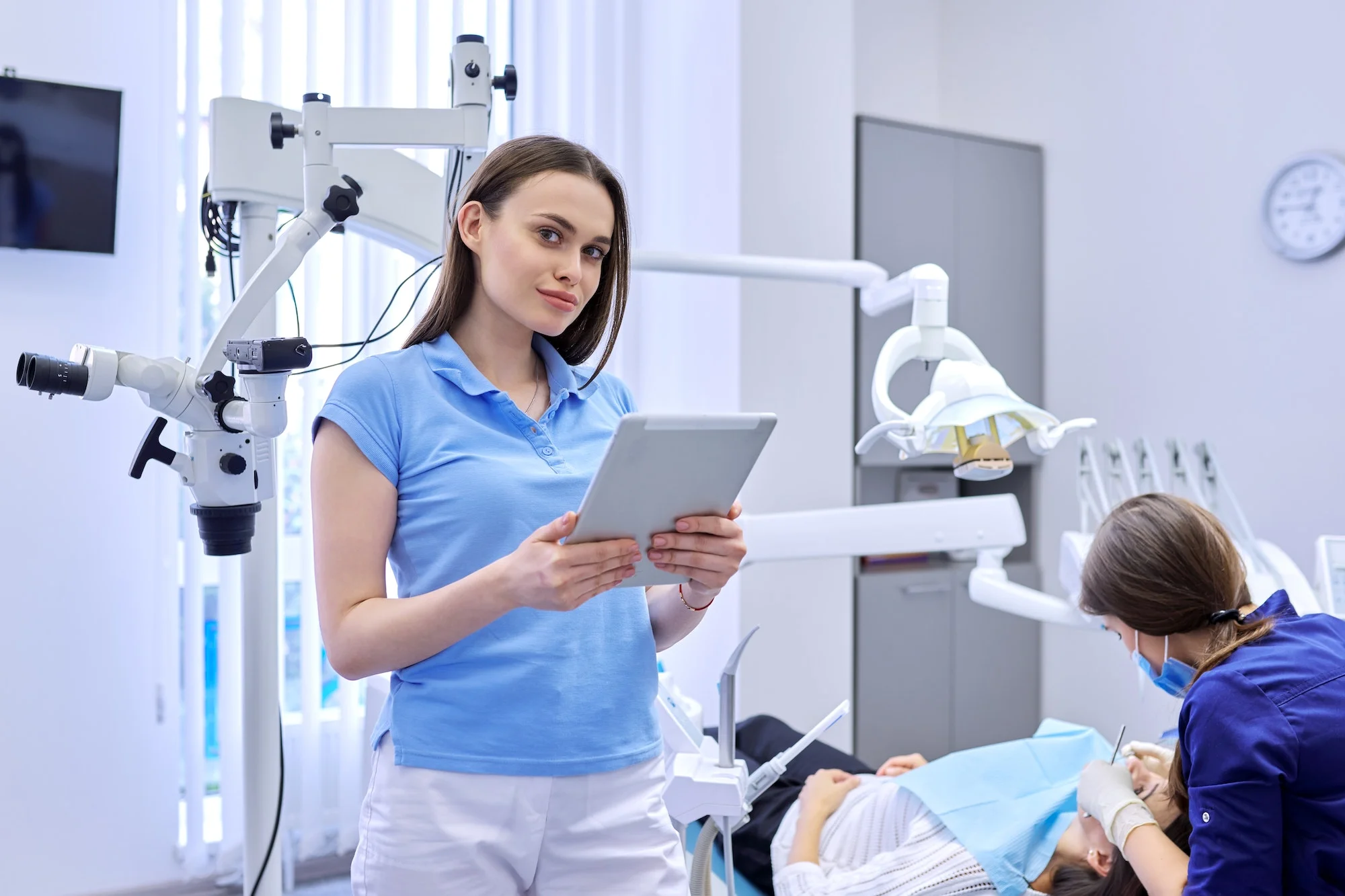
19 Natural Antibiotics to Ward Off Any Dental Infection
Sign up to receive daily email dentist tips and challenges, as well as our comprehensive Better smile Guidebook.
Panoramic x-rays
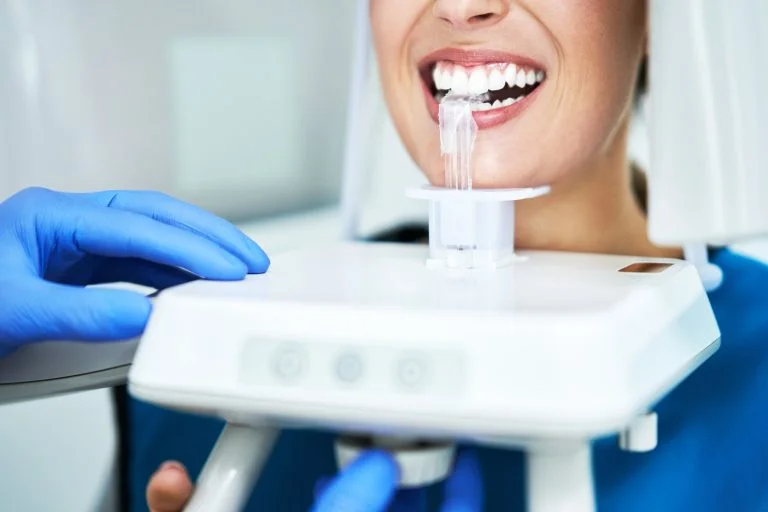
This type of extraoral x-ray is the most requested. These images show a complete view of the mouth, including the teeth, jaws, and facial bones. They are useful for evaluating the general health of the mouth and detecting problems such as a dislocated jaw or bone fractures. In some cases, it is complemented with lateral teleradiography (lateral cephalometry) to facilitate the identification of anomalies, dentomaxillae and other oral rehabilitation procedures.
Periapical radiographs
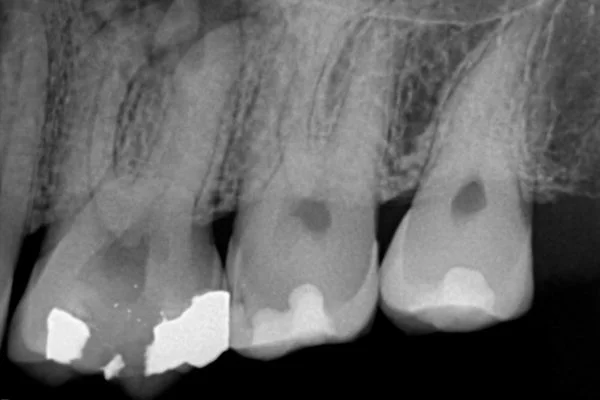
These are images for each tooth. They help to determine the position, the state of the bone, and the root anatomy.
Bitewing radiographs

They are effective in detecting caries on the interproximal and occlusal surfaces of primary and permanent molars.
Cone beam computed tomography (CBCT) scans
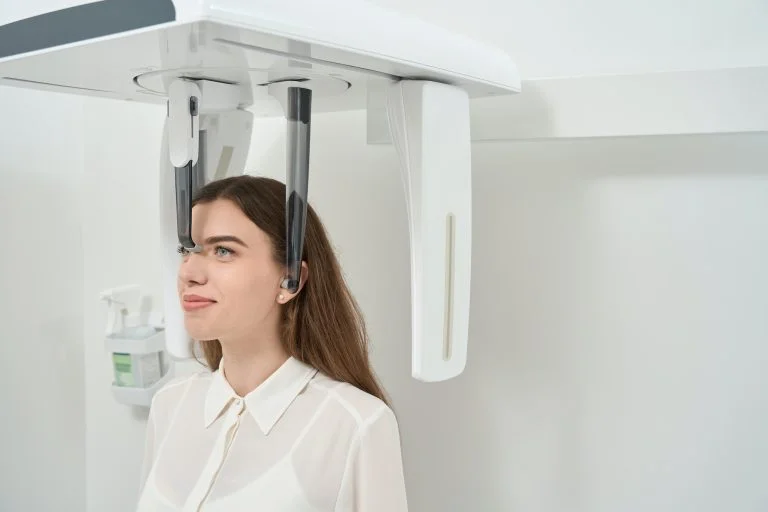
These are three-dimensional x-rays that provide detailed images of the mouth, including the teeth, jaws, and facial bones. They are particularly useful in planning complex dental treatments, such as the placement of dental implants.
Conclusion
X-rays allow an accurate diagnosis
X-rays are an important tool in dental prevention. They help detect dental concerns early, which allows for more effective treatment and better results.
They are very useful for monitoring the dental development of children and taking corrective measures in a timely manner, if necessary.
The radiation emitted during a dental X-ray is very small and does not pose a health risk. In addition, professionals in charge of diagnostic imaging take measures to reduce risks, such as the use of lead aprons.
In our directory of professionals, you can find information about different dental diagnostic imaging services (X-rays). Consult and go to the option that best suits your requirements.
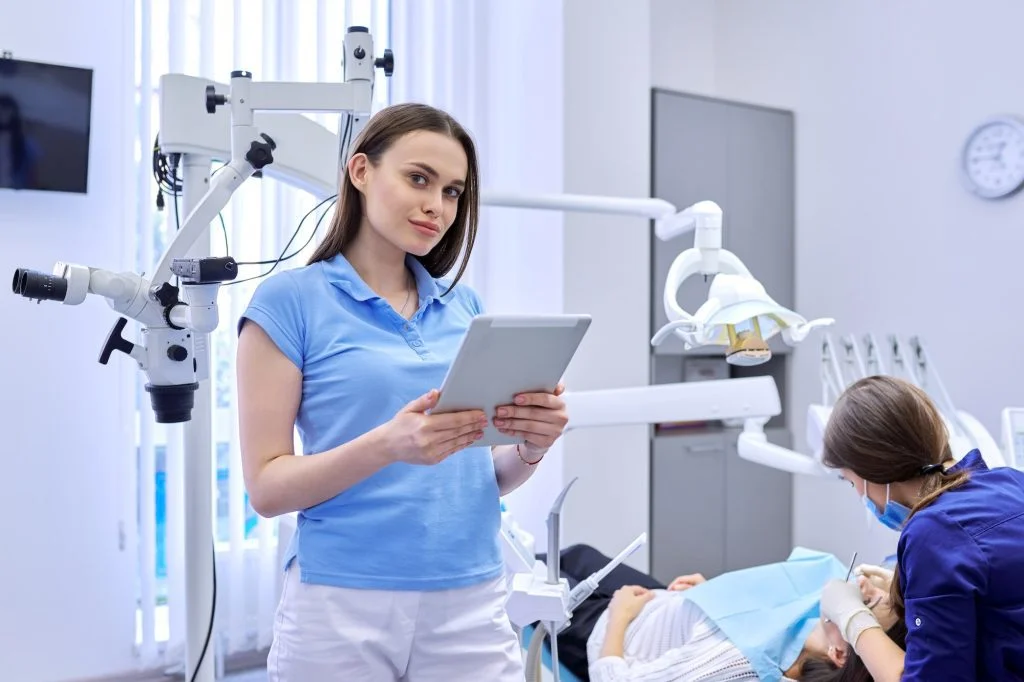
19 Natural Antibiotics to Ward Off Any Dental Infection
Sign up to receive daily email dentist tips and challenges, as well as our comprehensive Better smile Guidebook.
Our Doctor
Meet Doctor
Dr. Andreas
Dental specialist

19 Natural Antibiotics to Ward Off Any Dental Infection
Sign up to receive daily email dentist tips and challenges, as well as our comprehensive Better smile Guidebook.



